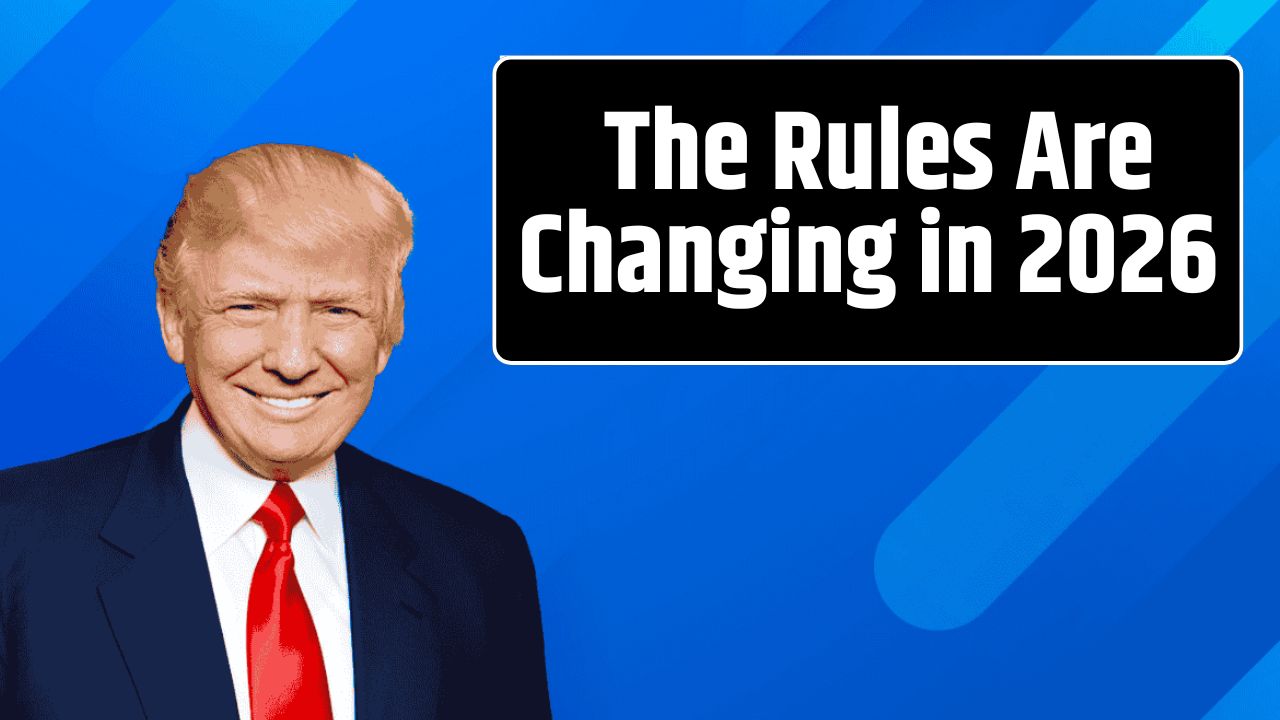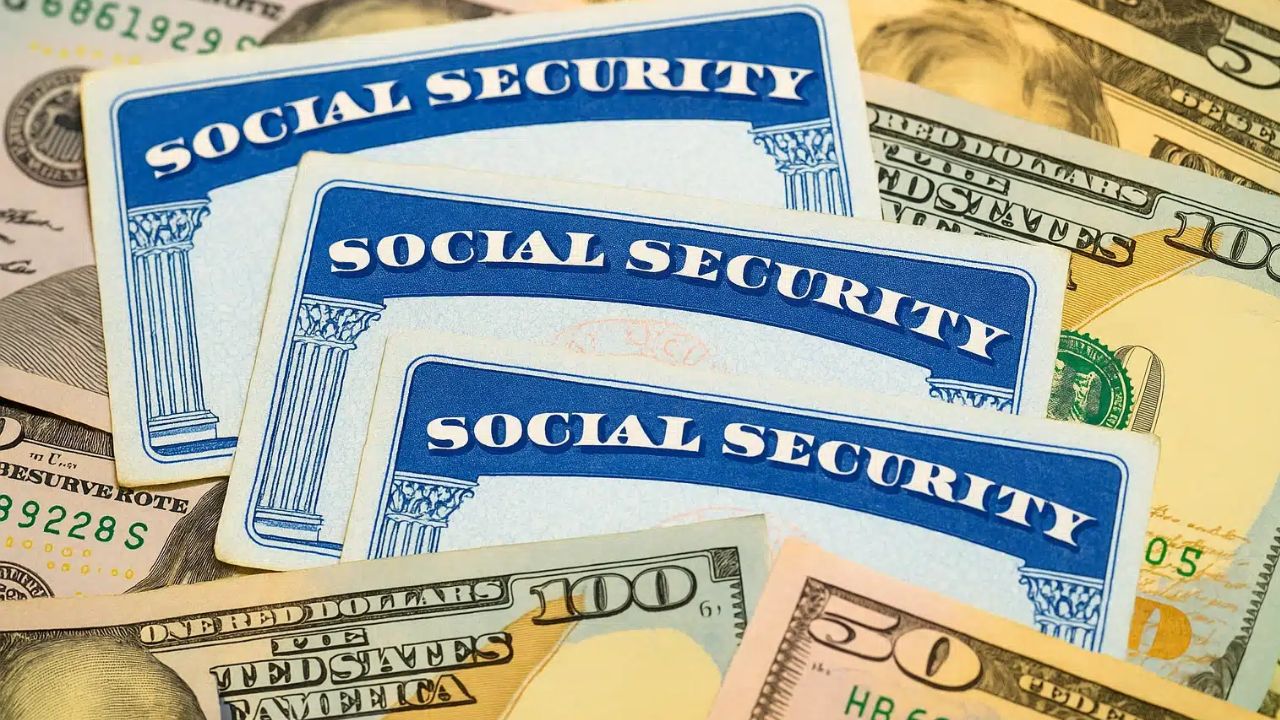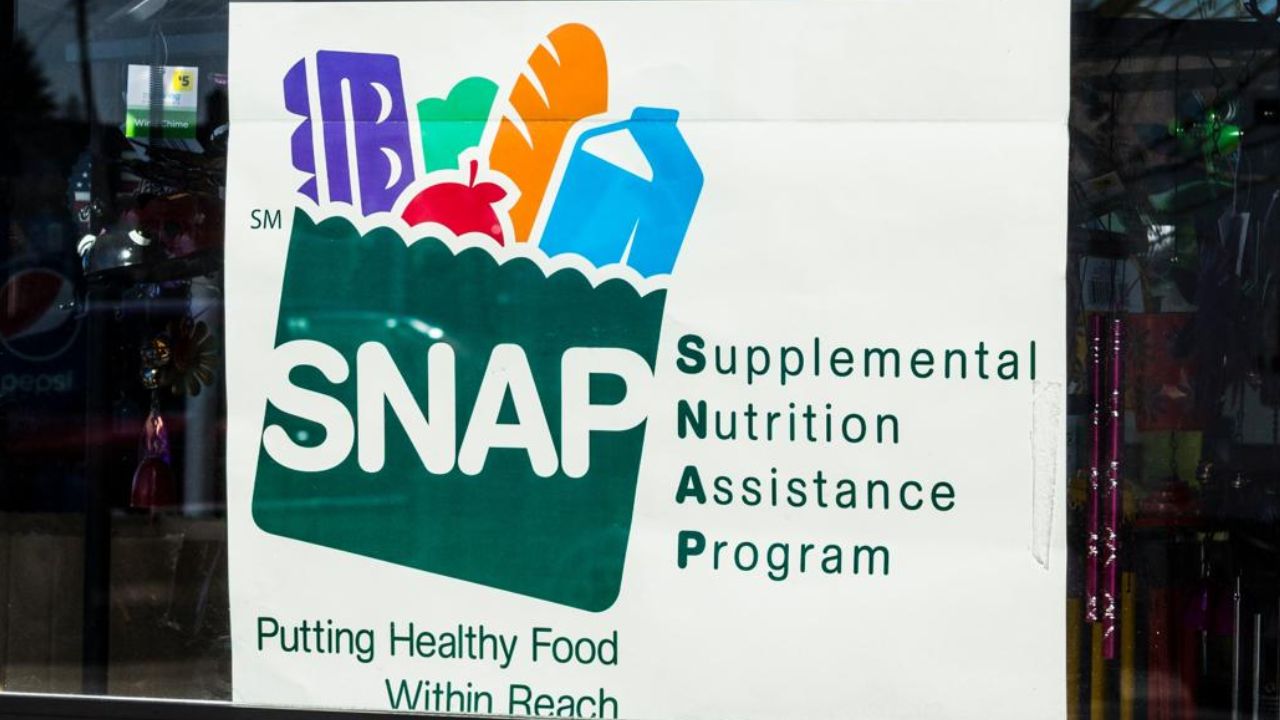If you still picture retirement as morning golf rounds and sunset strolls, reality might hit differently these days. For millions of Americans, the “golden years” now come with a part-time job, side hustle, or consulting gig. After years of inflation and rising living costs, that monthly Social Security check doesn’t stretch like it used to — and many older adults are discovering that working while collecting benefits brings its own set of fine print.
The good news? That fine print just got a little kinder. Starting January 2026, the Social Security Administration (SSA) is nudging up the income thresholds that determine how much retirees can earn before Uncle Sam starts holding back part of their benefits. It’s a modest bump — but one that could mean a few extra grocery runs, a car payment, or even a small vacation.
The Rules as They Stand in 2025
If you’ve already reached your Full Retirement Age (FRA) — somewhere between 66 and 67, depending on your birth year — you can work as much as you want with no reduction in benefits. Zero. You’ve earned it.
But if you’re still below FRA, Social Security applies an earnings test to make sure early claimers don’t collect full benefits while earning a full paycheck. Here’s how it currently breaks down:
| Scenario | 2025 Earnings Limit | Reduction Rule |
|---|---|---|
| You will not reach full retirement age in 2025 | $23,400 | Lose $1 in benefits for every $2 earned above that limit |
| You will reach full retirement age in 2025 | $62,160 (applies until the month you reach FRA) | Lose $1 in benefits for every $3 earned above that limit |
Sounds harmless — until you realize that earning even a few hundred dollars above the limit can trigger a benefit withholding you didn’t expect. Retirees often find themselves watching a couple of Social Security checks disappear midyear before payments resume.
What’s Changing in 2026
Every October, the SSA updates its earnings test thresholds to reflect national wage growth and inflation. The 2026 adjustment, announced alongside the Cost-of-Living Adjustment (COLA), gives working retirees a bit more space before those clawbacks kick in:
| Scenario | Projected 2026 Limit | Change from 2025 |
|---|---|---|
| Below full retirement age for all of 2026 | $24,360 | +$960 |
| Reaching full retirement age during 2026 | $64,800 | +$2,640 |
That means if you’re under FRA all year, you can earn nearly $1,000 more without losing a dollar in benefits. If you’ll reach FRA in 2026, the buffer grows by over $2,600.
For retirees juggling consulting contracts, part-time gigs, or even seasonal work, that cushion is real money — enough to soften the edges of inflation that’s still hanging around despite cooling headlines.
How the Withholding Actually Works
It’s easy to think of it as a penalty, but technically, it’s more of a withholding. The SSA estimates your annual earnings in advance, then adjusts payments accordingly. If you exceed the limit, the agency temporarily pauses your monthly checks until the withheld amount is recovered.
Example:
Let’s say you’re 64 in 2026 and expect to earn $30,000 while collecting benefits.
- The 2026 limit is $24,360 → you’re $5,640 over.
- You’ll lose $1 for every $2 over the limit → about $2,820 withheld.
- SSA might withhold your first two checks of the year, then resume normal payments.
And here’s the kicker: once you hit Full Retirement Age, your benefit is recalculated upward to credit you back for those withheld months. In the long run, you don’t lose money — you just get it later.
Why the Earnings Test Exists
A lot of folks think the earnings test is a punishment for working. It’s not.
It’s built into the system to make benefits actuarially fair — meaning that, over your lifetime, you should receive roughly the same total amount whether you start early at 62 or wait until 67. Early claimers get smaller monthly checks, but for more years; late claimers get larger checks for fewer years.
If you start early and still earn wages, the SSA doesn’t want you “double-dipping” — drawing reduced benefits while maintaining substantial income. The earnings test helps level that playing field.
And remember, this isn’t a tax. The withheld funds are effectively deferred benefits. Once you reach FRA, the slate resets: you can earn any amount with no penalties whatsoever.
Planning Ahead for 2026
Working while drawing Social Security doesn’t have to be a bureaucratic nightmare. A bit of foresight can save you from surprises:
1. Estimate your earnings early.
Use the SSA’s Retirement Earnings Test Calculator to project how your income could affect benefits.
2. Report changes promptly.
If you realize your work income will be higher (or lower) midyear, update the SSA immediately to avoid over- or under-withholding.
3. Watch your birthday month.
Once you hit your FRA, all earnings limits vanish — so time your contracts or part-time jobs strategically.
4. Consider delaying your claim.
Every month you delay between 62 and FRA raises your future check slightly; waiting until 70 maxes it out.
5. Monitor your FRA details.
Your full retirement age depends on when you were born:
| Birth Year | Full Retirement Age |
|---|---|
| 1954 or earlier | 66 |
| 1955 | 66 and 2 months |
| 1956 | 66 and 4 months |
| 1957 | 66 and 6 months |
| 1958 | 66 and 8 months |
| 1959 | 66 and 10 months |
| 1960 or later | 67 |
For most near-retirees today, 67 is the magic number.
FAQs:
Do I lose my Social Security benefits permanently if I earn too much?
No. Any benefits withheld before FRA are credited back once you reach full retirement age through a recalculation.
How does the SSA decide how much to withhold?
They estimate your total earnings for the year and pause payments until the owed amount is covered. If you earn less than expected, you’ll get a refund the next year.
Does the earnings test apply after I reach FRA?
No. Once you reach full retirement age, you can earn unlimited income without any benefit reduction.









